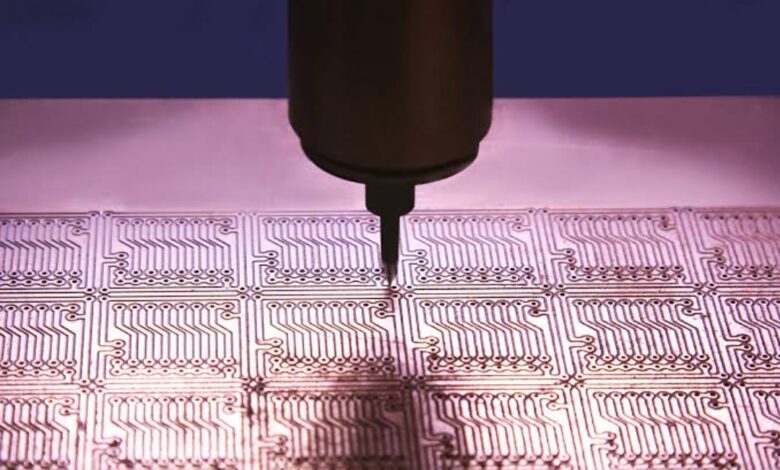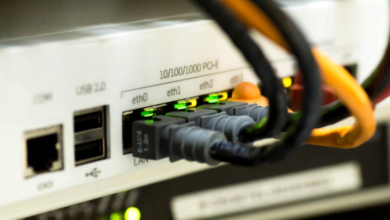Smartphone Evolution: The Impact of Backdrill PCB Technology

Introduction
Smartphones have become an integral part of our daily lives, revolutionizing the way we communicate, work, and access information.
One crucial aspect of smartphone evolution that often goes unnoticed is the role of backdrill PCB (Printed Circuit Board) technology. What is backdrill PCB? KingSunPCB gives you detailed professional answers.
In this article, we will explore the evolution of smartphones and examine the significant impact that backdrill PCB technology has had on their design, performance, and functionality.
The Evolution of Smartphones
Early Mobile Phones
The first mobile phones were bulky and primarily used for making calls. They had limited features and functionalities compared to modern smartphones.
Introduction of Smartphones
The introduction of smartphones marked a significant shift in mobile technology. Smartphones combined the functionality of a phone with that of a computer, offering features such as internet browsing, email, and app support.
Advancements in Smartphone Technology
Over the years, smartphones have undergone significant advancements in terms of design, performance, and features. They have become thinner, lighter, and more powerful, with improved displays, cameras, and battery life.
The Role of Backdrill PCB Technology
What is Backdrill PCB Technology?
Backdrill PCB technology is a process used in PCB manufacturing to remove the unused portion of vias, which improves signal integrity and reduces signal distortion in high-speed electronic devices.
Impact on Smartphone Design
The use of backdrill PCB technology has allowed smartphone manufacturers to design thinner and more compact devices without compromising on performance. By reducing signal interference and improving signal transmission, backdrill PCBs have played a crucial role in shaping the sleek and modern designs of smartphones.
Improving Signal Integrity
One of the key benefits of backdrill PCB technology is its ability to improve signal integrity in smartphones. By removing the unused portions of vias, backdrilling helps reduce signal reflections and impedance mismatches, ensuring reliable signal transmission in high-speed data networks.
Enhancing Performance
Backdrill PCB technology has also contributed to the enhanced performance of smartphones. By improving signal transmission and reducing signal distortion, backdrill PCBs have helped smartphones achieve faster data transfer speeds, smoother multitasking, and improved overall performance.
Future Trends in Smartphone Design
5G Technology
The rollout of 5G technology is expected to bring significant changes to smartphone design and functionality. 5G networks offer faster data speeds and lower latency, requiring smartphones to be equipped with advanced hardware, including backdrill PCBs, to support these new capabilities.
Foldable Phones
Foldable phones represent another trend in smartphone design that could be influenced by backdrill PCB technology. The flexible nature of foldable phones requires innovative PCB designs, and backdrill PCB technology could play a crucial role in enabling the functionality of these devices.
Conclusion
In conclusion, backdrill PCB technology has had a profound impact on the evolution of smartphones. From improving signal integrity to enhancing performance, backdrill PCBs have helped shape the sleek and powerful smartphones we use today.
As smartphones continue to evolve, backdrill PCB technology will likely play an even more significant role in enabling new features and capabilities in future devices. In addition, there are more PCB technologies, please visit KingSun official website directly: https://kingsunpcba.com/





